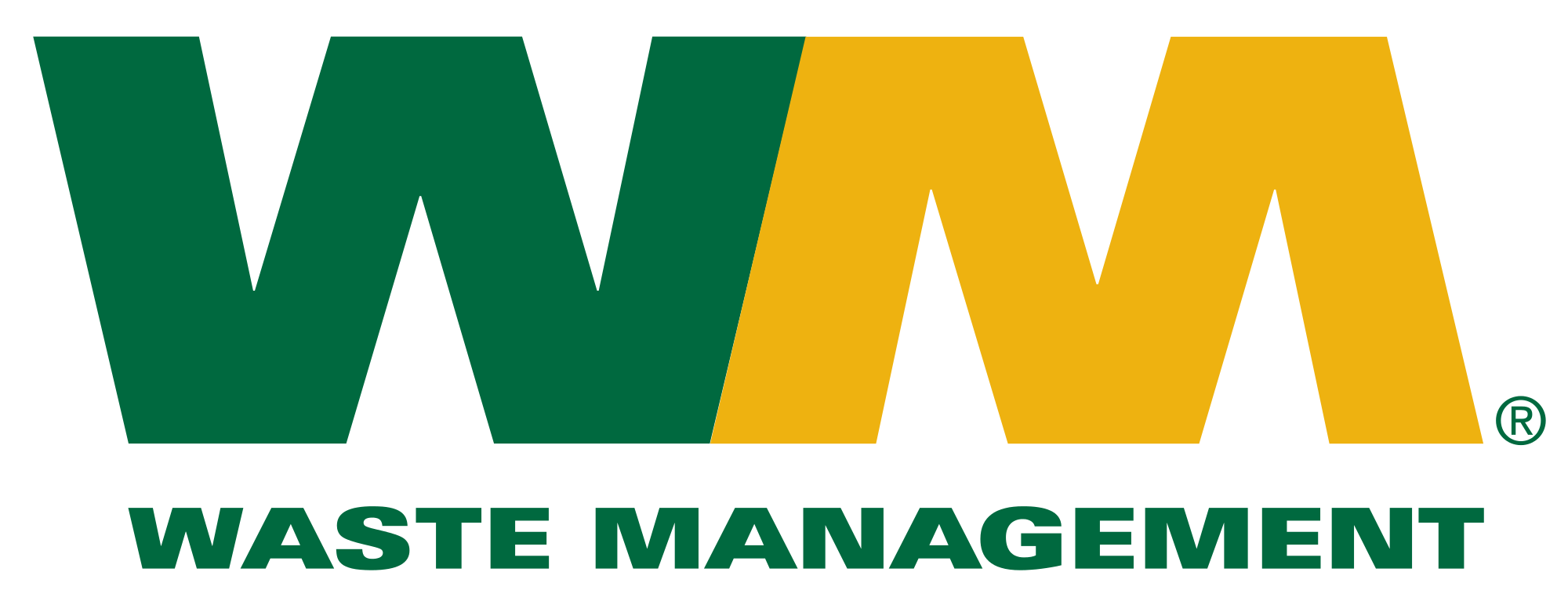This past Tuesday, Facilities Team Green (along with some of the EcoReps and other guests) took a tour of the High Acres Landfill. The Landfill has been owned and operated by Waste Management since 1971, and occupies about 1,000 acres of land, 380 of which are dedicated to hiking trails and wildlife habitat protection. High Acres Landfill places a great emphasis on environmentally friendly and sustainable practice, and engages in things such as “organics recycling, renewable energy production, and wildlife habitat management.”
The landfill is purposefully designed to prevent contamination of soil and groundwater through the use of layers of geonets, engineered clay, high-density polyethylene (HDPE) membranes, soil, and vegetation. Perforated pipes funnel contaminated water out of the landfill to sewer systems, where it can be treated. This system can be seen illustrated below:
The landfill also makes use of the gas produced by the waste:
“Today’s modern, engineered landfill is an environmentally sound system for waste disposal. Landfills offer a clean, renewable energy resource that is generated continuously through the decomposition of the waste. This resource is known as landfill gas.
Landfill gas is a naturally occurring byproduct of the waste thrown out every day. Each person in the United States generates about 4.5 pounds of waste per day, and more than 50% of this waste is managed in municipal solid waste landfills such as High Acres Landfill. Organic materials disposed of in a landfill- including food and sludge from the wastewater treatment process- help to promote the decomposition process. Landfill gas typically consists of about 50% methane (which is the primary component of natural gas) and 50% carbon dioxide, and so this gas is not very different from the natural gas that comes to your home through your local utility.” —Waste Management Website
Rather than burning off the gas produced by the landfill, the gas is instead turned into green energy in the form of electricity. High Acres Landfill utilizes 200 gas extraction wells throughout the site, and 7,400 cubic feet per minute of landfill gas. Enough energy is generated to power nearly 10,000 homes and replace 180,000 barrels of oil each year.
Additionally, High Acres Landfill is involved in composting. They accept leaves and brush from surrounding communities, and also divert organics from the landfill. All of these materials are then composted, and residents of the area have free access to the resulting compost.
It is clear that High Acres Landfill is more than just a place where trash gets dumped; Waste Management is making concerted efforts to reduce the ecological impact of the site, and is even utilizing byproducts of the landfill to produce energy. I was impressed with all of this during the tour, but there is one thing that struck me and stuck in the back of my mind after I left: the landfill only has about 48 more years before it will have reached maximum capacity. While that seems like a long ways away, I think it’s important to remember that landfills, no matter how eco-friendly they seem, are far from an ideal solution to our country’s waste problems. Landfills like High Acres may be the best solution at the present, but they are not sustainable in the grand-scheme of life. Hopefully by the time High Acres closes 48 years from now, we will have engineered a better solution, and will not have to simply dedicate more land to filling it with trash.
In the mean time, though, High Acres is certainly making strides in regards to how we manage our waste.
Written by Ciara McGillivray, class of 2018


